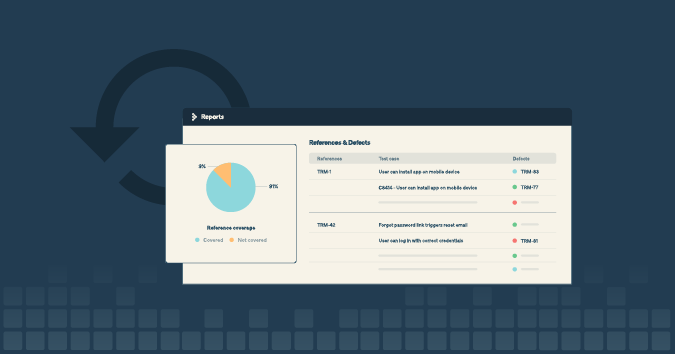This is a guest post by Nishi Grover Garg.
Agile focuses on motivated individuals acting together toward a common goal. Consequently, agile needs people to collaborate and requires complete transparency, communication, and cooperation, within and across teams. But at the same time, individuals instinctively try to outperform others in order to stand out in their teams.
This transition from individual responsibility to collective ownership is often the hardest part of the cultural shift that teams face when adopting agile.
Let’s look at ways to encourage healthy competition, more cooperation, and a sense of community among agile teammates.
Show People the Part They Played
Many people may be involved in working on a single feature or part of a sprint. The overall success of that feature will be defined by the sum of all their efforts. But if there is a key owner or contributor who framed the base or did the initial research or design that led to its overall better quality, you should highlight them in front of the team and say a few words of appreciation in the sprint review or retrospective.
Find a way to show people that their individuality is respected even though the success belongs to the entire team. Focus on the overall picture but highlight the business side of the benefits of their efforts, too.
Have Coworkers Appreciate Each Other
Peers’ approval and appreciation matters to all of us. During a sprint roundup or a daily standup, have people tell their stories about who helped them the most and who they feel contributed to different areas in an outstanding manner. Ask developers and testers to name each other for their remarkable contributions.
You should strive to make this as non-political and casual as possible. Employees are not being judged, just being appreciated for their accomplishments. The ones who put in extra effort should get recognized so that they do not feel lost in the crowd. This also ensures that average performers do not hide behind the overall success of the team, but instead get motivated to do better in order to stand out to their peers and managers.
Measure Personal Growth
When measuring success, it is frequently said that the team’s success defines their individual performance. As long as individuals are contributing in their own ways, their role or position shouldn’t matter. However, many employees find it difficult to get used to that way of thinking.
Many managers find it harder, too, owing to the fact that agile does not foster relying on numbers, hours or other easily trackable metrics to measure an individual’s performance. In fact, the whole idea of measuring individual performance is against the spirit of agile.
What we can watch for is a person’s individual growth over time and their efforts at continuous improvement. How are they helping other teammates in their tasks and assisting them to learn and grow? Have they bettered themselves over the last period, and are they motivated to continue to do so?
To compete with others, the first competition must be with yourself. And when others see you improving and excelling, it creates a healthy environment for them to try the same. Encourage people to take up new courses and training, participate in community events, and engage in other areas apart from their daily tasks. Give them a platform to grow, and then see who takes the most advantage of these avenues.
Offer Extra Initiatives
Our teams are always in need of new education in the form of technology, tools or research for upcoming projects. We can have a list of such initiatives and make them up for grabs by anyone who feels motivated or has some extra time or personal knowledge in that area.
The ones who take these initiatives can be given some grace in their regular tasks and some guidance on how to go about them. Later, they can present their learnings and findings to the entire team, giving them a new platform to showcase their skills and see the benefit of all their extra effort.
This helps the entire team by encouraging the sharing of knowledge, leading to better collaboration, and fostering healthy competition among teammates to try out new things.
Collaboration and Competition
It is a human tendency to try to be better than others in order to make ourselves stand out. We need to attempt to overcome this tendency to achieve the core cooperative nature of agile. However, although we want people to act in collaboration in agile teams, we still want to foster some sense of competition. This balance between collaboration and competition keeps our agile teams engaged, motivated and continuously learning.
Nishi is a corporate trainer, an agile enthusiast and a tester at heart! With 11+ years of industry experience, she currently works with Tyto software as an Evangelist and Trainings Head. She is passionate about training, organizing testing community events and meetups, and has been a speaker at numerous testing events and conferences. Check out her blog where she writes about the latest topics in Agile and Testing domains.





